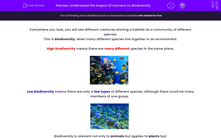Everywhere you look, you will see different creatures sharing a habitat as a community of different species.
This is biodiversity: when many different species live together in an environment.
High biodiversity means there are many different species in the same place.
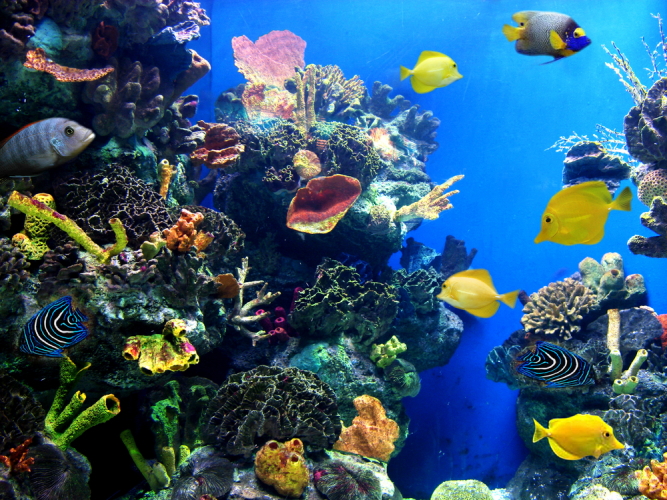
Low biodiversity means there are only a few types of different species, although there could be many members of one group.
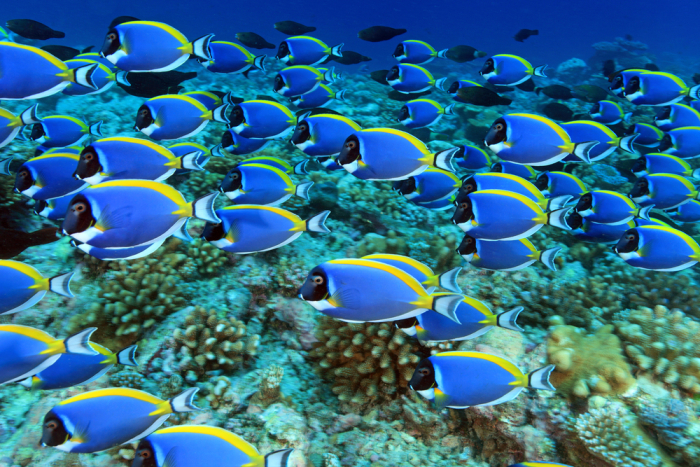
Biodiversity is relevant not only to animals but applies to plants too!
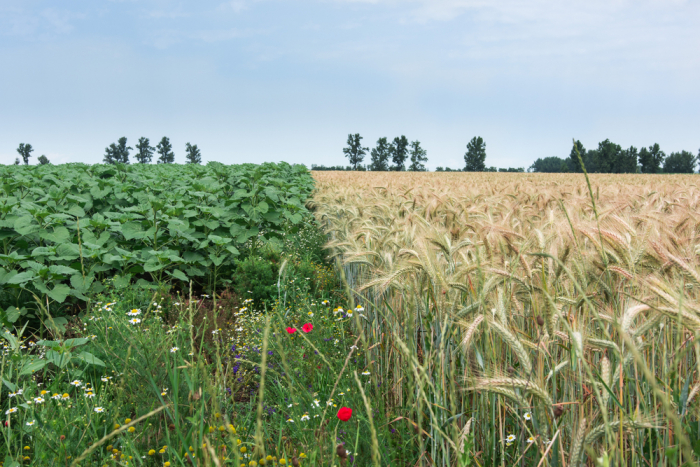
As biodiversity decreases, ecosystems become less stable. This is because all organisms rely on each other for the basics of survival (food, shelter, and a thriving environment).
So, let's pull this all together:

Human survival depends on protecting our environment - the Earth itself is a large ecosystem! We need to keep it stable so that we have enough food, shelter and a healthy environment in which to live.
The smallest change to one creature can affect all the other creatures around them (think about a food chain), so preserving nature should be a key responsibility for humans.
However, humans have already damaged the world heavily in three major ways:
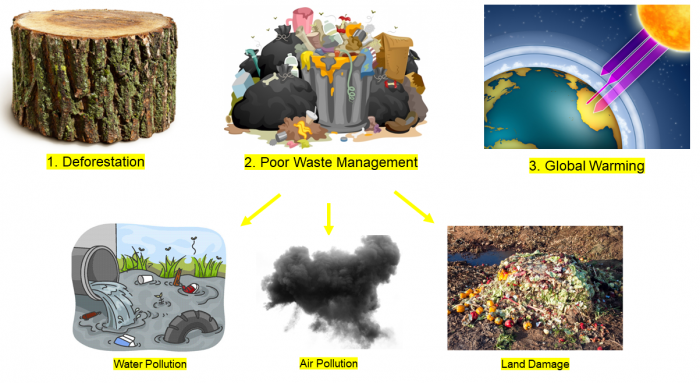
But there is some good news! There are environmental initiatives in place to help protect our world.
A good example is ecotourism, where the effect of humans visiting natural habitats is minimised.
It's so important that we think about how we look after our planet!
Let's get started on some questions now.

